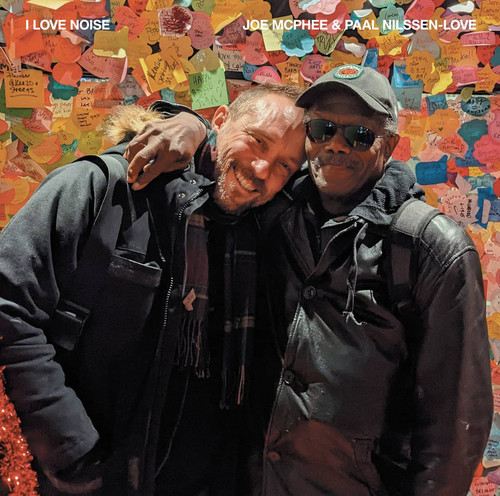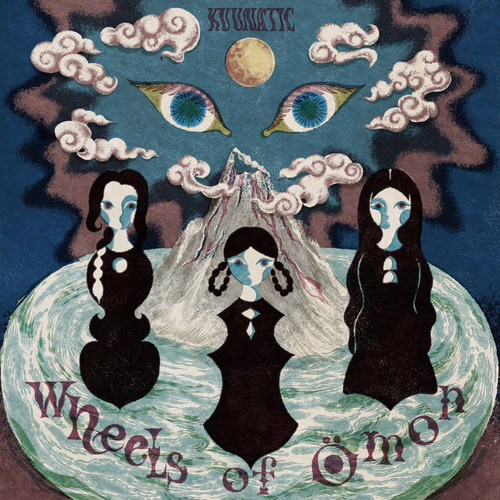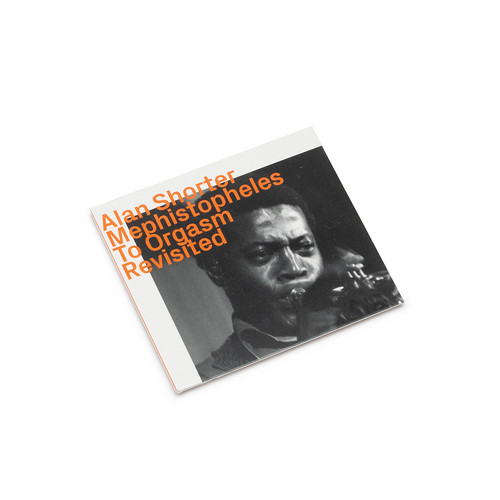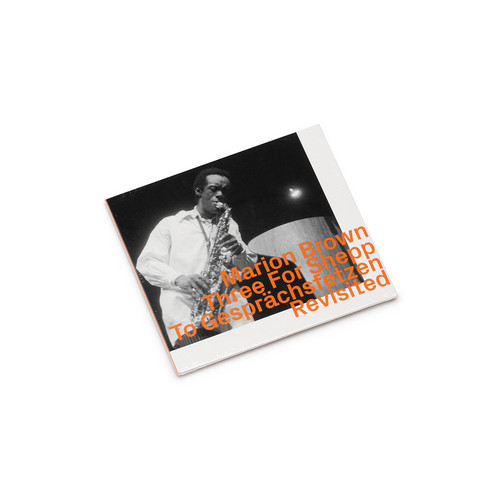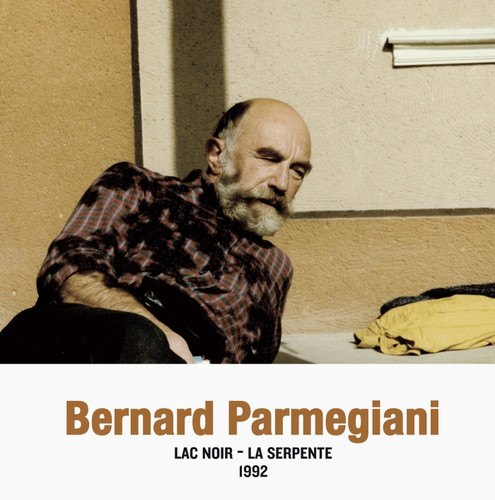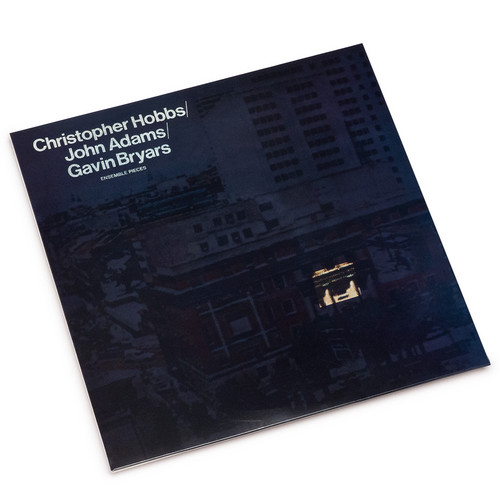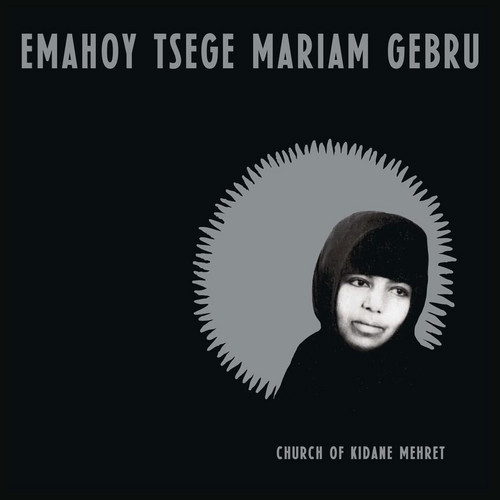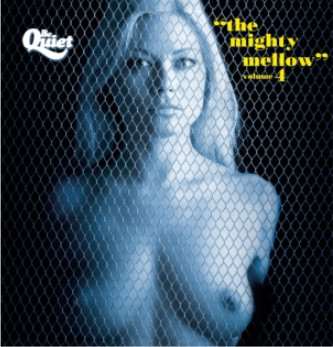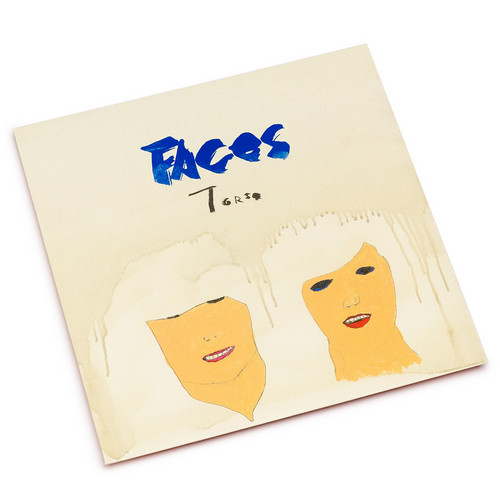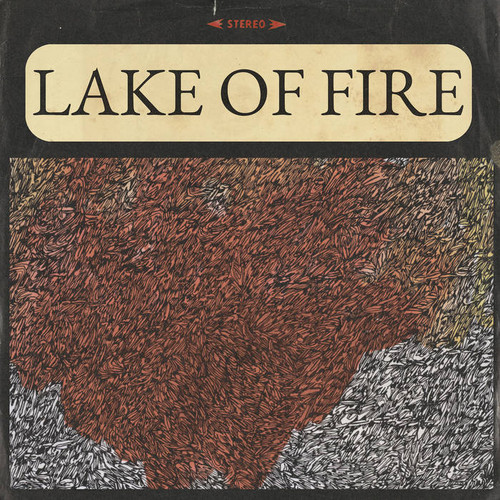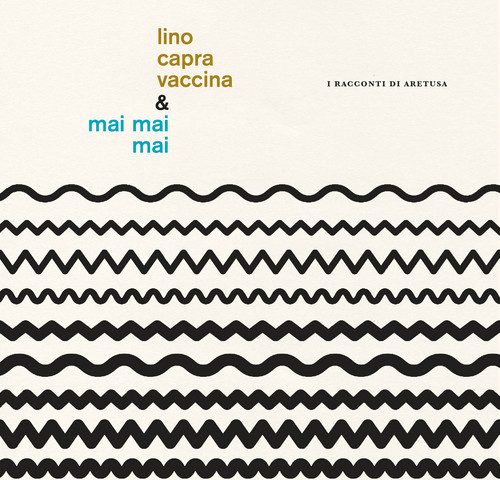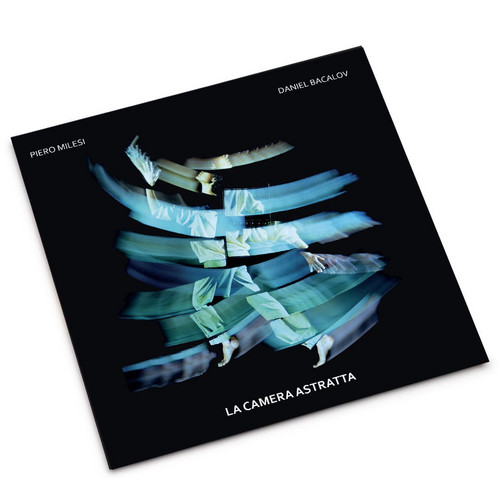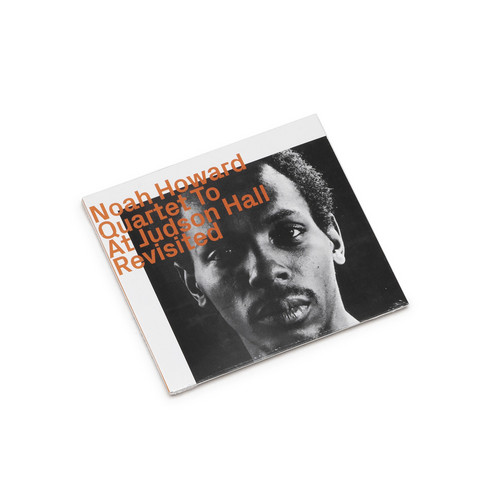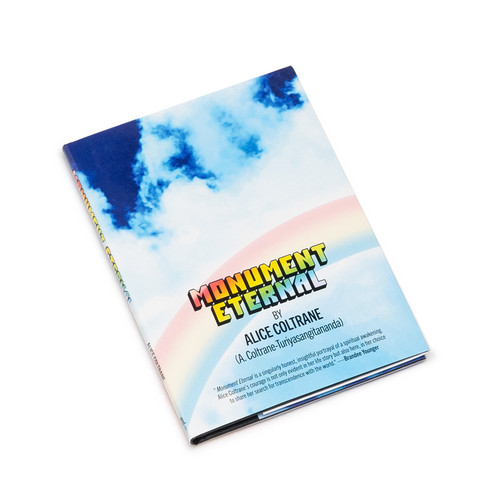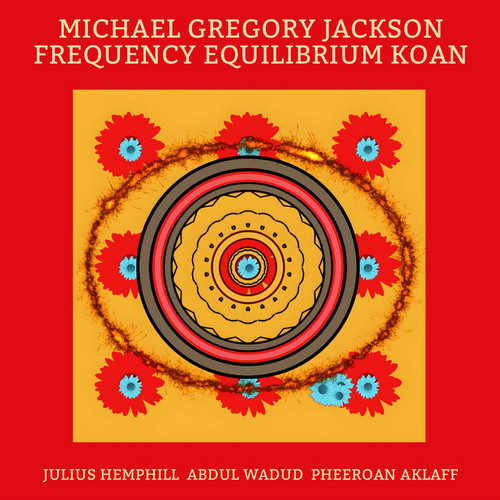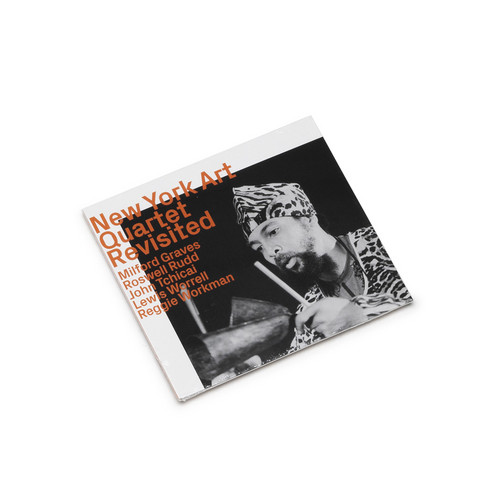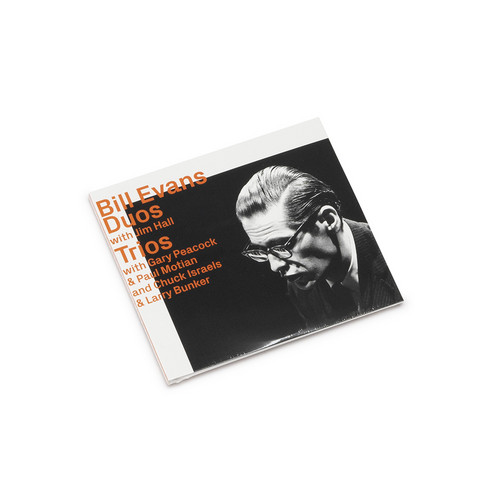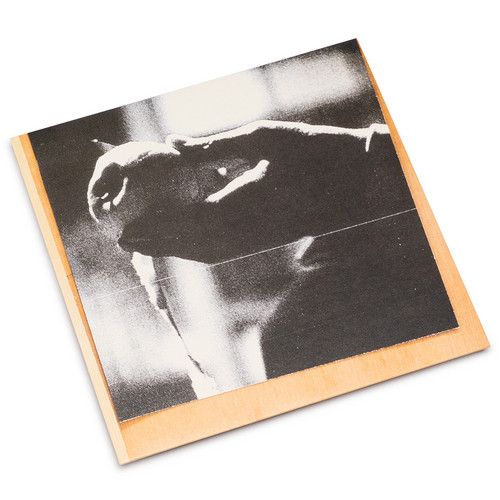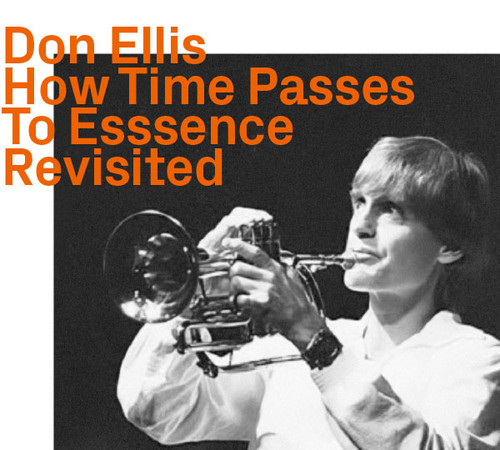Best sellers
I Love Noise
Biiig Tip! Edition of 300. Paal Nilssen-Love and Joe McPhee started playing together when Paal was 25. Now he’s 50, so this musical dialogue has been going on for the quarter of a century. It has taken many forms, first with The Thing, then The Thing/Cato Salsa Experience big-band, on to the Peter Brötzmann Chicago Tentet, with several one-off collaborations on the way (some previously released on PNL) – but throughout the years the duo format has been the best way to hear these two voices. It’s…
Wheels of Ömon
Tip! Kuunatic’s hotly anticipated 2nd album “Wheels of Ömon,” takes another adventuresome deep dive into their self-made fantasy mythology, proposing whole new worlds of psychedelic drama and ritual. In addition to their core sonic palette of tribal drums, pulsing bass, atmospheric keyboards and grouped female vocals, the acclaimed Japanese psych-rock trio played an array of Japanese traditional instruments on "Wheels of Ömon." The result is a thrilling, kaleidoscopic album that brushes against …
Mephistopheles To Orgasm (Revisited)
“He was nomadic. The strongest and most lasting thing you can say about Alan is that he was
an original, as original as you can get. He didn’t want any academic guidelines to equip him to
reinvent the wheel. If he saw something like that, he’d go the other way.” – Wayne Shorter
Three For Shepp to Gesprächsfetzen „Revisited“
"Marion Brown was already defying categorisation in 1966 when he recorded Three For Shepp, whose six tracks open Three For Shepp To Gespächsfetzen Revisited. Brown’s opening “New Blues” and Archie Shepp’s closing “Delicado,” though compelling,are relatively orthodox expressions of mid 1960s NewThing. The four tracks they bookend, however, are distinctive even today. Brown’s exquisite “Fortunato,” though it sounds like nothing Pharoah Sanders ever wrote, inhabits similarly pretty terrain as Sand…
Lac Noir - La Serpente 1992
Unreleased material composed by Bernard Parmegiani in 1992
Ensemble Pieces
A split album by Christopher Hobbs, John Adams, and Gavin Bryars, released in 1975 as the second title on Brian Eno's imprint Obscure. The album includes two pieces by Hobbs and one each by Adams and Bryars. Side A opens with the experimental compositions of Hobbs, followed by Adams’ spoken-word and orchestral work, while Side B concludes with Bryars’ dissonant, frontier-classical ambient piece, featuring contributions from Brian Eno and Derek Bailey. "Aran" and "McCrimmon Will Never Return" (19…
Church of Kidane Mehret
**Clear vinyl editions. Old-school tip-on jacket with metallic silver foil stamping along with a 12-page booklet featuring extensive liner notes from scholar and pianist Thomas Feng.** From beloved composer Emahoy Tsege Mariam Gebru, a revelatory new album of vocal pieces. The first vocal album by beloved Ethiopian nun, composer, and pianist Emahoy Tsege Mariam Gebru - profound and deeply moving home cassette recordings made amidst political upheaval and turmoil. These are songs of wisdom, loss,…
The Mighty Mellow - Volume 4
Long overdue, here is the fourth volume of the Mighty Mellow collection, from the editors of The Mood Mosaic series. Mushy funk, abstract jazz, with tracks by Pete Jolly, Annete Peacock, Dusty Springfield and many others.
Faces
Big Tip! New Torso! Gloriously mature and engrossing movements for cello, flute and tape self-released from the Japanese duo on their Ozato label. It’s hard to write anything about Torso’s music without giving the impression that this is polite, nicely buttoned-up contemporary classical dishwater. It isn’t. The same constituents are there - bowed cello, shimmering flute, woody upright bass and expensive-sounding reed instruments. Yet the arrangements take cues from addictive indie-pop struct…
Lake Of Fire
Tip! Lake of Fire is the 11th studio album by American harsh noise artist Jason Crumer. It features deep textures and a carefully crafted palette of harsh frequencies, all set within a grand cinematic scope, with bold and decadent walls of sound, true to the spirit of rock'n'roll. Rawness, immediacy, intensity, and brutality surge through every moment.
I Racconti di Aretusa
Tip! “I Racconti di Aretusa” is the result of the encounter between Lino Capra Vaccina, a legend of Italian minimalism, and Mai Mai Mai, the alias of Toni Cutrone, a key international figure in the avant-garde/drone scene. A work that weaves together experimentation and Mediterranean echoes, creating a sonic journey of rare intensity. The collaboration was born during an artistic residency for the Ortigia Sound System (Syracuse, Sicily), a festival dedicated to the dialogue between traditional s…
La Camera Astratta
“La Camera Astratta” is the result of the amazing collaboration between
Piero Milesi e Daniel Bacalov with the experimental theatre-performance
of the Studio Azzurro and Giorgio Barberio Corsetti. An idea of
immersion in a dimension devoid of gravity, the desire concerning a
soft, ethereal, articulated and perfectly interpenetrated reality. It's
an evocative ambient sound, with rhythmic cadence, soft and repetitive,
full of airiness; the music expresses the scenic aims and investigates
an…
Quartet to At Judson Hall "Revisited"
By 1966, the first wave of free jazz had established the foundation upon which this radically generated music could be understood and personalized, shared as a communal activity and still invested with significant singular characteristics. Noah Howard and his bandmates represented a second generation, as creative attitudes were expanding.
Nuda per Satana
Finally, fifty years after the release of the film in Italian cinemas, Alberto Baldan Bembo's music score for "Nuda per Satana" is released for the very first time on vinyl and taken from the mono master tapes of the original session kept in the archives of Edizioni Musicali S.A.A.R. Fifteen tracks were selected with a total duration of approximately 37:35. Maestro Baldan Bembo created an electronic soundtrack introduced by the opening credits theme (A1) with the intervention of diabolical femal…
Monument Eternal
The long-awaited reissue of Alice Coltrane’s original spiritual teachings and reflections, which provide powerful insight into her transcendent music, cherished by millions across the globe.
Frequency Equilibrium Koan
Tip! "Frequency • the rate at which a vibration occurs that constitutes a wave, either in a material (as in sound waves), or in an electromagnetic field (as in radio waves and light). Equilibrium • a state in which opposing forces or influences are balanced: a calm state of mind. Koan • a paradoxical anecdote or riddle, used in Zen Buddhism to demonstrate the inadequacy of logical reasoning and to provoke enlightenment. Many, many, years ago in a once enchanted place they called The Big Apple, N…
New York Art Quartet "Revisited"
Temporary Super Offer! "If we just could have hung on for another year,” Rudd said of both NYAQ and the Jazz Composers Guild, “things could have turned out much differently. Things were about to flip, in a good way. A lot of government programs were starting up that we could have gotten
grants from. There was a change in perception about the music that was happening. People were starting to consider it as art. The music was moving out of the bars and coffee houses and into museums and concert …
Bill Evans Duos With Jim Hall & Trios ‘64 & ‘65 (Revisited)
"The emerging credo of western society’s post-Beat counterculture was egalitarian and
anti-hierarchical, be the hierarchy social, political or on the bandstand. Evans and Ayler shared
the belief; only their lexicons were different. If hearing Spiritual Unity was akin, as Ted Joans
wrote, to someone shouting “Fuck!” in St. Patrick’s" – Chris May
Ghost Note
*200 copies limited edition* More than a decade after his last full album, Kim Hiorthøy returns with Ghost Note, released by the Belgian label Blickwinkel. Though his music has quietly existed in the background—shaping contemporary dance, film, and theatre—this album brings it into focus once more. Ghost Note is an exploration of sound on the edge of presence and absence, a fictional world that is both constructed and organic.
Using mostly digital technology, Hiorthøy created a set of instrumen…
How Time Passes To Essence "Revisited"
"...How Time Passes... and Essence were issued at a time when jazz history was being made practically on a monthly basis. There are a few reasons why they became submerged in the tsunami of groundbreaking albums released in the first years of the 1960s. For starters, Candid and Pacific Jazz simply did not have the market clout of Atlantic, Impulse, and other labels. Furthermore, Don Ellis’ music differed significantly from that of the avatars of free jazz, occupying a space between contemporar…
